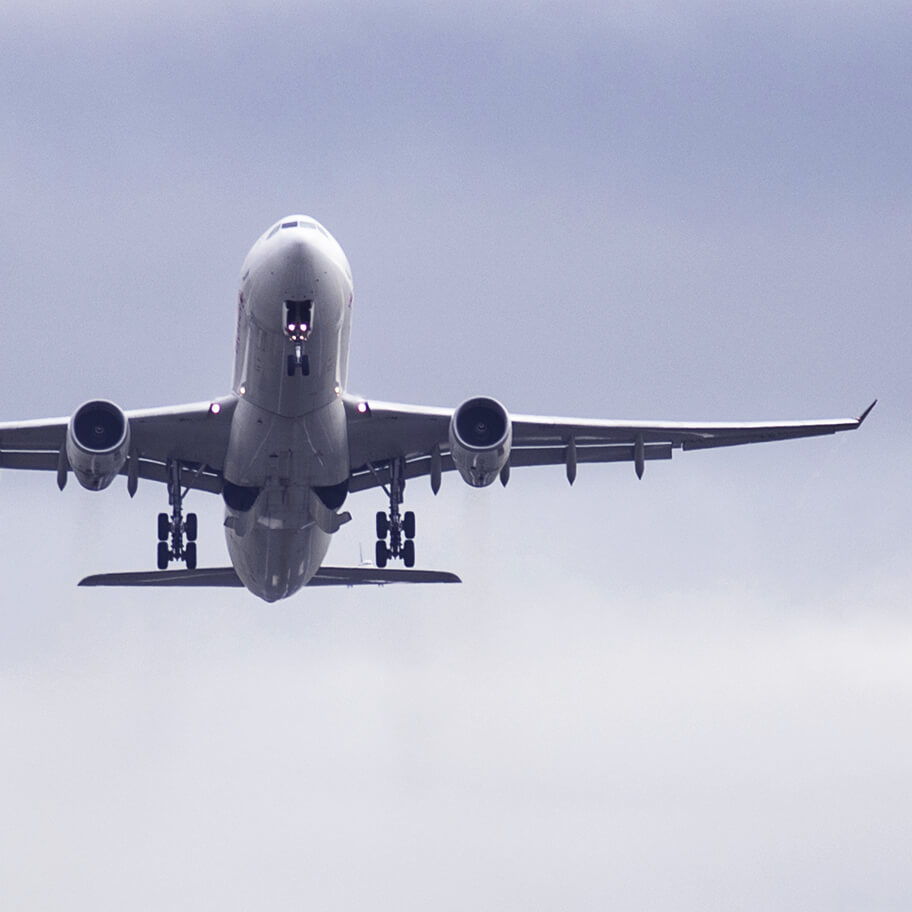Involved in a Flight Accident?
Being involved in an accident while on a flight can be a traumatic experience – whether you have sustained any injuries or not. In cases where you are involved in an accident on a flight that was not your fault, there may be a legal remedy by way of a flight accident claim.
Who is Liable?
The 1999 Montreal Convention has set out guidelines with regards to air flight compensation amounts for personal injury and damages suffered by a passenger on an aircraft. The amount of your claim will determine how your flight accident claim will progress.
For example, if you had been injured on an aircraft and your claim for damages does not exceed approx. €126,800, then you do not have to prove that the airline was at fault or negligent. The airline is obliged to pay the monies to you.
However, if your claim for personal injuries exceeds €126,800, then you will have to prove that the airline was at fault or negligent and your injuries were a result of that.
The 1999 Montreal Convention also stipulates that in airline accidents resulting in death or injury to passengers, the airline shall, if required by its national law, make advance payments to the person entitled to claim. This is so that the person who is entitled to claim has the financial resources available to them to cover any additional costs arising from the accident.
Common Flight Accident Injuries
A flight accident can cause a serious injury. Some common types include:
Common Causes of Flight Accidents*
Flight accident claims relate to personal injuries suffered while travelling on an aircraft. In many cases, personal injuries are sustained when either embarking or disembarking an aircraft or while on flights for various different reasons. If you have been injured while boarding, disembarking a flight or during a flight, then you may be entitled to pursue a flight accident claim.
Some of the most common scenarios where an accident on a flight may lead to a personal injury include:
Death or Injury to Passengers
In this instance, the airline carrier is liable for the damage caused to a passenger. This is provided that the accident occurs on-board the aircraft or in the course of embarking or disembarking the aircraft. These accidents can occur due to:
- Items falling from unsecured overhead lockers
- Accidents when serving hot food and drinks
- Slip, trip or fall inside the aircraft
- Unexpected turbulence
Damage to, Destruction of, or Loss of Checked Baggage
In this instance, the airline is liable in cases where the event that led to the damage, destruction or loss took place on board the aircraft or during any period where the checked baggage was in possession of/ under the responsibility of the airline. It is important to remember that you cannot claim in cases where your checked baggage was unchecked, open or of poor quality. In the case of unchecked hand luggage, the airline is responsible if the event leading to the damage to the hand luggage was caused by the airline employees.
Damage to Cargo
The airline is liable to pay for damages to luggage in the aircraft’s cargo hold if damage was sustained while in flight.
What do I do if I'm involved in a flight accident?
Following a flight accident, there are a number of steps you should follow:
-
Seek medical attention
Following an accident on an airplane, if you have suffered an injury, your first port of call is to ensure that you get some medical attention. This can be difficult to get while you are thousands of feet in the air. However, all flight attendants should have basic first aid training. This is to help you and anybody else who may have been injured in the accident. It is important that, if you have suffered a personal injury while travelling with an airline, you should book an appointment with a doctor as soon as possible after once you’ve landed. This is regardless of how minor you think the injuries are. In some cases, these minor injuries can develop into a more serious threat to your health.
-
Report the accident
It is important that you report the accident to the airline staff. You may be required to fill in an accident form for the airline. This is to provide them details of how the accident occurred and details of the injury.
-
Identify any witnesses
Details of any witnesses to the accident – their names and contact information – as well as the names and contact details of any cabin crew members involved in the accident.
-
Document the incident
Just like any personal injury claim, documenting exactly what happened is a very important step. It is important to obtain:
- Your flight seat number.
- Details of any witnesses to the accident; their names, contact information.
- Name and contact details of any cabin crew members involved in the accident.
- Take photos of the scene, from different angles and any injuries you suffered; this will help your solicitor understand how the accident happened.
- Time and Date of the accident.
-
Speak to a personal injury solicitor
If you are considering moving forward with an accident claim for any personal injuries sustained, it is advisable that you speak with a public accident claims solicitor as soon as possible. If you are proceeding with a claim, the first step will be submitting your claim to the Injuries Board for assessment. A personal injury solicitor can help you in preparing your application to the Injuries Board and ensure that you follow the process in the correct format, meaning that you can move forward with your claim quickly without unnecessary delays.
It is important to remember to keep copies of any expenses that you have incurred as a result of the accident. It is also imperative to retain copies of medical reports or incident report forms where possible as you will need them when making a claim.

